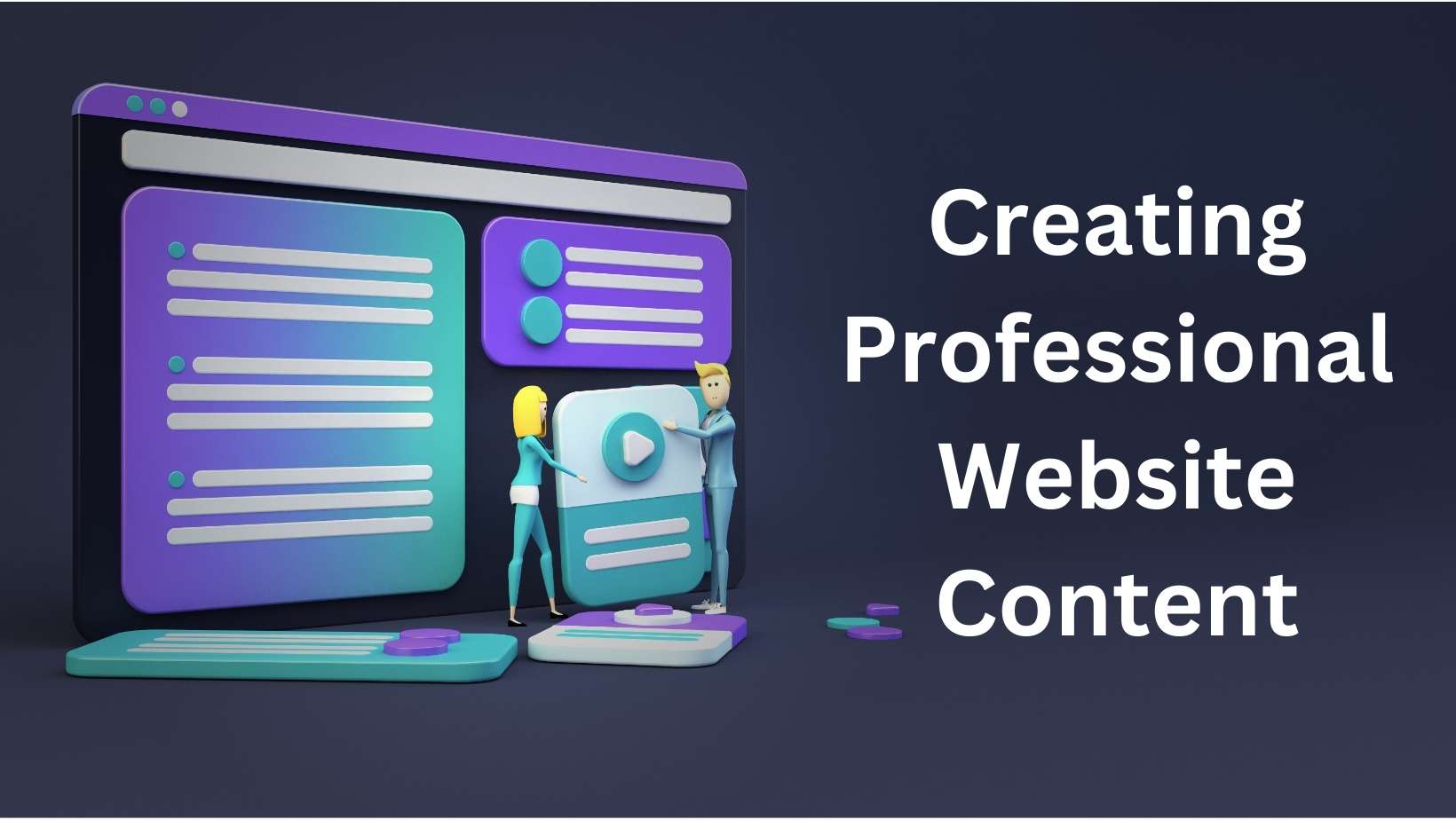

It’s no secret that the contents of all websites are important, and the words on the websites are what sell products, services, and ideas to the world.
Think of websites as digital salespersons. The better the salespersons, the more likely they are to close deals. The job of a business owner is to make sure they’re armed with great content.
Creating awesome website content isn’t easy. But it is possible. Here are fourteen tips to get started:
Page Contents
Know the Target Audience
Before writing website content, it is essential to know who the content is for. Who is the target audience? What do they want to see on the website?
Creating personas for the target audience can be helpful here. A persona is a semi-fictional representation of the ideal customer based on market research and real data about existing customers. Once a few personas are created, writing content that appeals to them will be much easier.
Make a Plan
Once website owners know who they are writing for, it is time to make a plan. What are the topics to be covered? What kind of content should be created? How often should new content be published?
An editorial calendar can be helpful here. This is simply a document that outlines the topics and schedule for the content. An editorial calendar will help website owners to stay on track and ensure that they are publishing the right kind of content at the right time.
Some Tips to Create an Editorial Plan
- Come up with a list of content ideas that may be popular with the target audience.
- Research similar websites to see what type of content they are publishing.
- Use keyword research tools like Google AdWords Keyword Planner and Google Trends to see what people are searching for online.
Focus on the Benefits
Website visitors do not care about the company or its products. They are only concerned about themselves and how the products or services can help them. If the content can answer that question, it is ready to go.
Ensure every content on the website focuses on the benefits of the products or services. How will they make the target audience’s life better?
For example, if the business is selling a new type of vacuum cleaner, they should not just list the features of the vacuum cleaner (e.g., “It has a powerful motor”). Instead, the content should focus on how those features will benefit the customer (e.g., “It will clean your carpets much faster”).
Keep It Concise
People have short attention spans and are quickly overwhelmed by large blocks of text. To keep website visitors engaged, the content must be easy to scan and digest.
Here are a few ways to do that:
- Use short paragraphs.
- Break up the text with subheadings.
- Use bullet points and lists.
- Include images, videos, and other visual elements.
The goal is to make the website content as easy to read as possible. If this is achieved, the website content will be awesome.
Write a Compelling Headline
The headline of a webpage is the first thing people will see when they land on the page. The content only has a few seconds to make a good impression and convince them to stick around.
That’s why it is so important to write a compelling headline that accurately reflects the essence of the article.
Here are a few tips:
- Make it clear and concise.
- Use keyword-rich phrases.
- Use numbers and brackets (e.g., “The 10 Best Ways to…”).
- Ask a question.
- Use strong verbs (e.g., “Discover,” “Create,” and “Transform”).
Use Power Words
Power words are words that pack a punch, and they’re emotional words that trigger a positive or negative response in the readers.
Some examples of power words include:
- Amazing
- Bargain
- Breakthrough
- Discover
- Guaranteed
- Introducing
Adding power words to the website content can help capture attention, evoke emotions, and persuade the readers to take action.
Use Calls-to-action
A call-to-action (CTA) is a statement or button that encourages website visitors to take the desired action. This could be anything from subscribing to the email list, downloading a white paper, or making a purchase.
The CTAs should be clear, concise, and easy to spot, and they should also be relevant to the content on the page and aligned with the overall business goals.

Pay Attention to SEO
Search engine optimization (SEO) is the process of optimizing the website to rank higher on search engine results pages (SERPs).
There are several ways to optimize the website for SEO, but one of the most important ways is to create keyword-rich content.
Keywords are the words and phrases people use to search for information online. When the webpage content includes relevant keywords, it signals the search engines that the page is relevant to those keywords.
As a result, the webpage is more likely to rank higher in search engine results pages.
Not sure which keywords to target? Check out Google’s Keyword Planner Tool.
Get Feedback from Others
One of the best ways to improve website content is to get feedback from others. This could be anything from family and friends to co-workers and strangers.
The goal is to get as many people as possible to look at the content and give their honest opinion. Do they find it helpful? Engaging? Easy to understand?
Website owners can also use tools like Google Analytics and Crazy Egg to see how people interact with their content. This can give them valuable insights into what is working and what is not.
Make It Better
After receiving adequate feedback on website content, it is time to act on the feedback and improve the content. This could mean anything from adding more images to breaking the text into shorter paragraphs.
The goal is to make the website content informative, SEO-friendly, engaging and easy to read. If this is accomplished, the website can attract the target audience effectively.
Conclusion
A website is successful only if its content caters to the needs of its readers. To achieve this, the content should be clear, concise, keyword-rich, and easy to read. It is also important to include calls to action and pay attention to SEO. Ask the target audience for their feedback. This will indicate the kind of information they expect from the website. Make necessary improvements based on that feedback. With all these changes, the website content will be informative and engaging for visitors and help convert visits into sales.